News
-
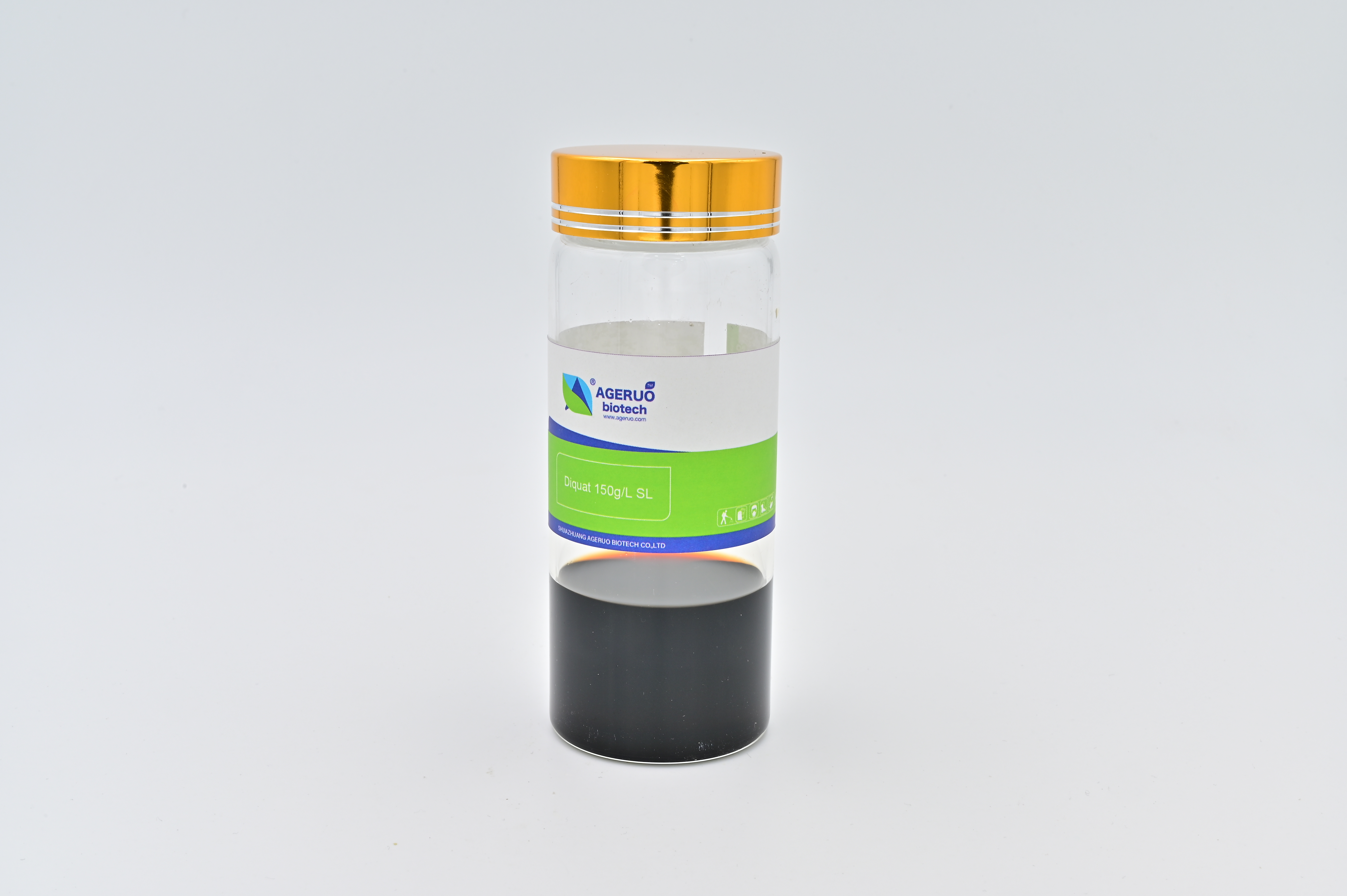
Diquat Herbicide vs. Glyphosate
When it comes to herbicides, Diquat and Glyphosate are two of the most widely used products in both agriculture and land management. While both are effective in controlling weeds, they have distinct properties and modes of action, making them suitable for different applications. In this article, ...Read more -
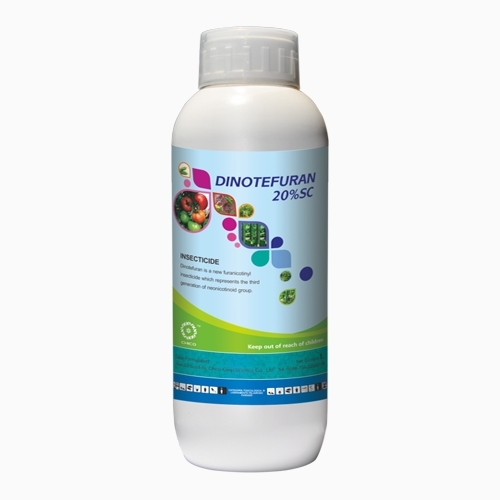
Is Dinotefuran Safe for Pets
Dinotefuran is a widely used neonicotinoid insecticide that has found its place in both agricultural and veterinary applications. It is particularly effective in managing pest infestations, and it is used in products designed for pet flea control. However, many pet owners often ask, Is dinotefura...Read more -
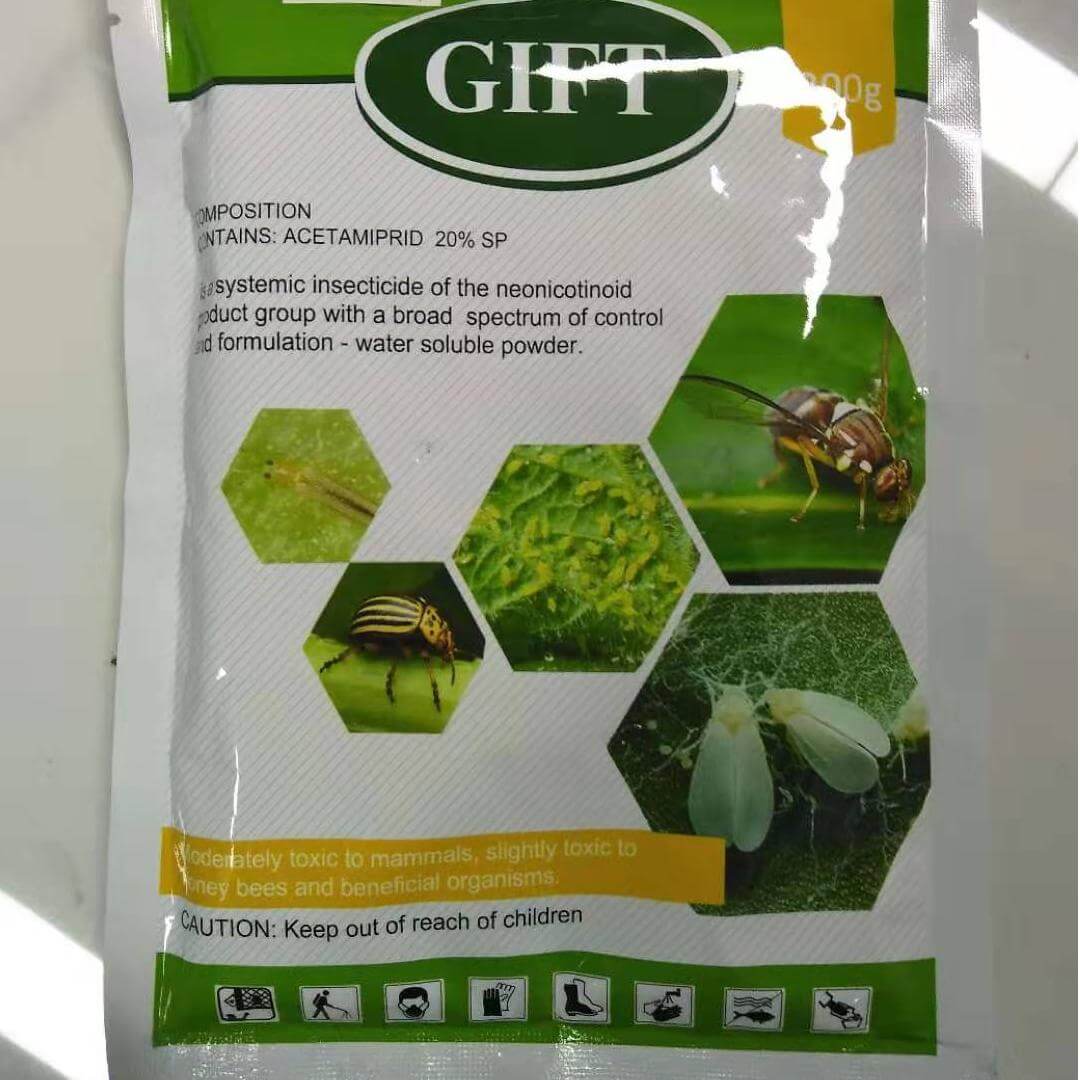
Does Imidacloprid Kill Ants?
Yes, Imidacloprid can kill ants, and it is commonly used as an active ingredient in many insecticides designed for ant control. Imidacloprid works by interfering with the transmission of nerve impulses in insects, leading to paralysis and death. It affects the nervous system by binding to the rec...Read more -
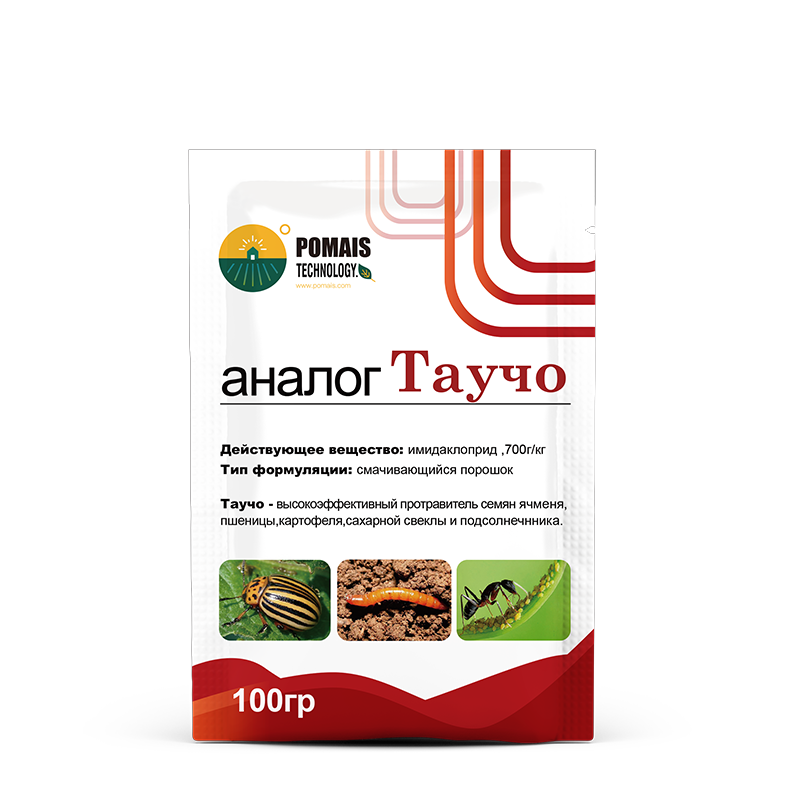
Does Imidacloprid Kill Ticks?
Imidacloprid is a widely used insecticide and is commonly found in various agricultural, veterinary, and household pest control products. It belongs to the neonicotinoid class of chemicals, which work by targeting the nervous systems of pests, making it effective against a variety of insects. But...Read more -
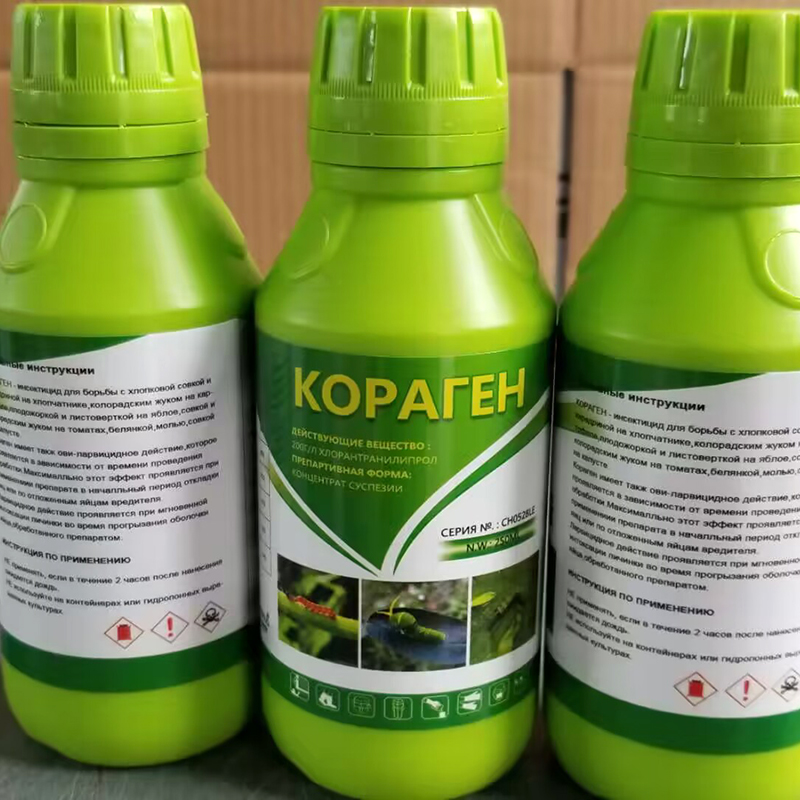
Cyantraniliprole vs Chlorantraniliprole
Both Cyantraniliprole and Chlorantraniliprole are insecticides that belong to the anthranilic diamide class of chemicals, which are highly effective at controlling a broad spectrum of pests. While these two insecticides share similarities in their chemical structure and mode of action, they diffe...Read more -
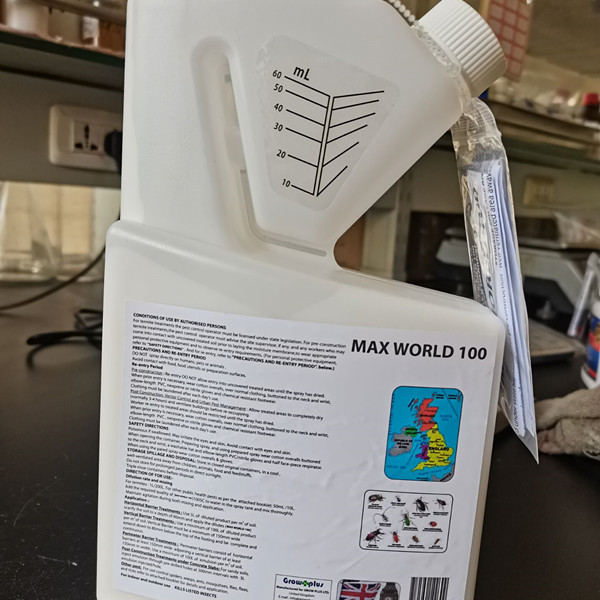
Triazicide vs Bifenthrin
When it comes to pest control, Triazicide and Bifenthrin are two widely used insecticides, each effective for various applications in agriculture, gardening, and pest management. Both belong to different chemical families and have distinct modes of action, which make them suitable for targeting s...Read more -
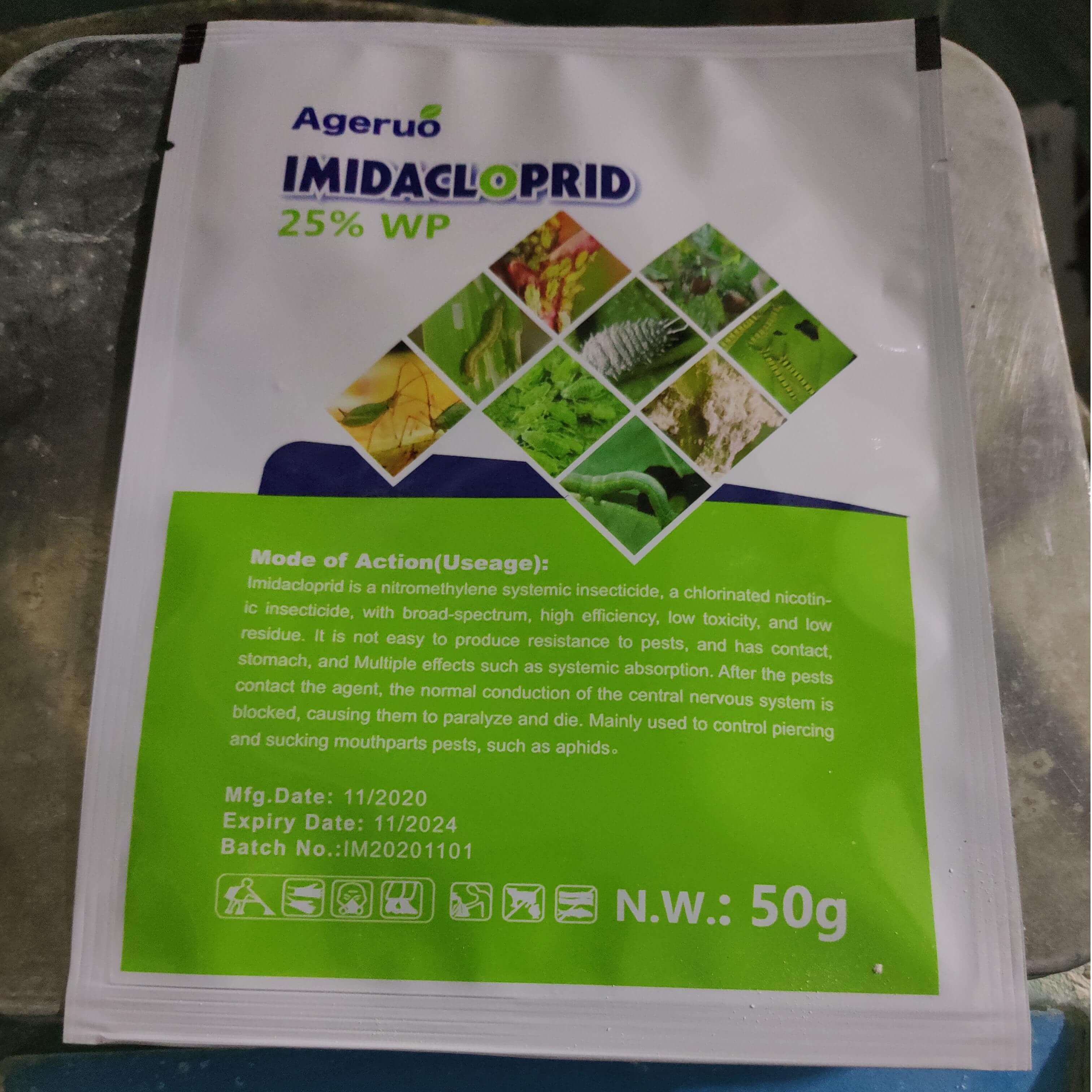
Imidacloprid vs Lambda-Cyhalothrin
Both imidacloprid and lambda-cyhalothrin are widely used insecticides that are essential in pest management across agriculture and residential applications. However, these two chemicals belong to different classes of insecticides and have distinct modes of action, target pests, and application me...Read more -
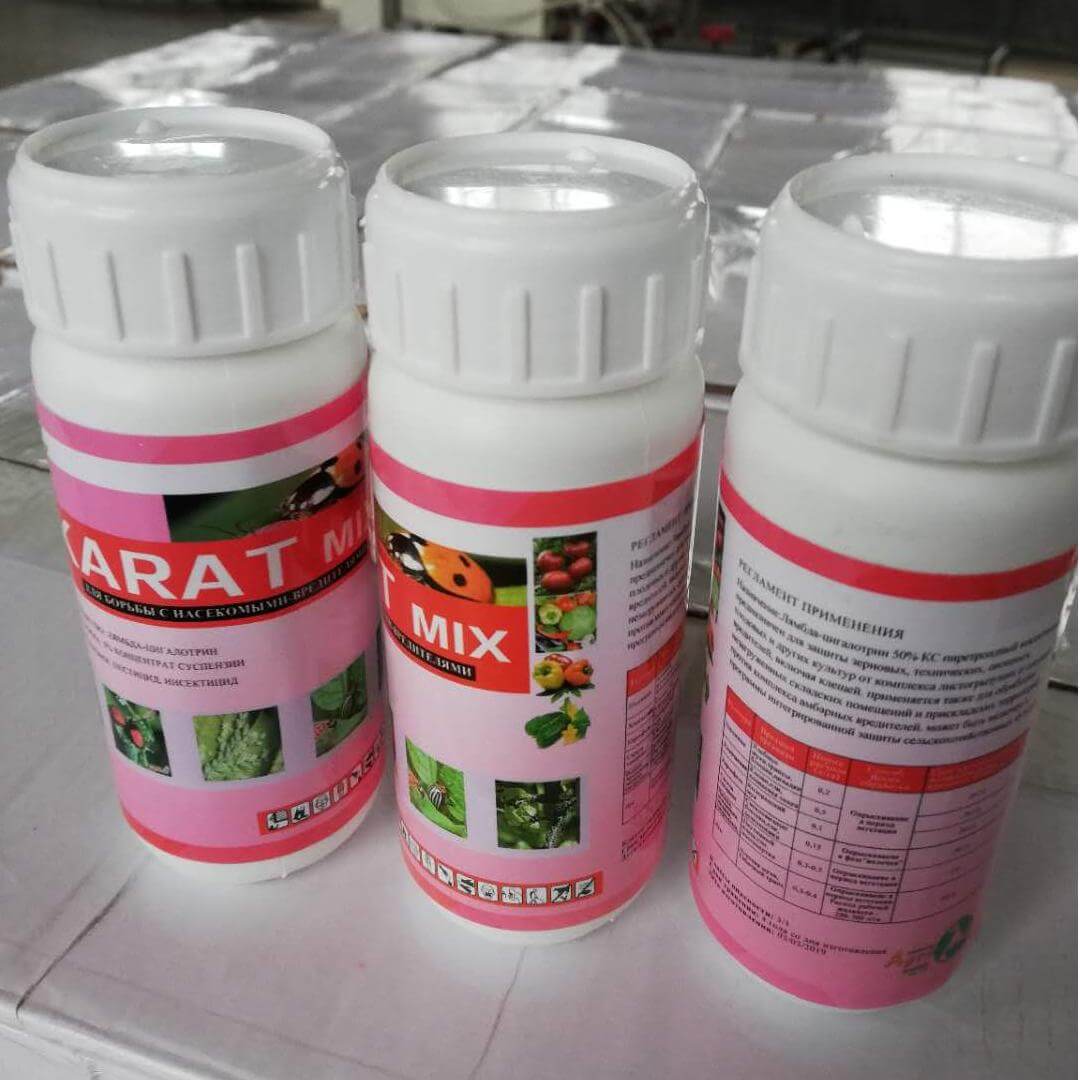
Zeta-Cypermethrin vs Lambda-Cyhalothrin
When it comes to controlling pests, two powerful insecticides that are widely used in both agricultural and residential settings are zeta-cypermethrin and lambda-cyhalothrin. Both belong to the pyrethroid family, which is known for its ability to disrupt the nervous systems of pests. While these ...Read more -

Merry Christmas!
As Christmas draws near, all of us at POMAIS Agriculture would like to send our best wishes to our customers, partners and all those who support us! In the past year, we have worked together with all of you to overcome challenges and achieve fruitful results. Thanks to every customer’s tru...Read more -
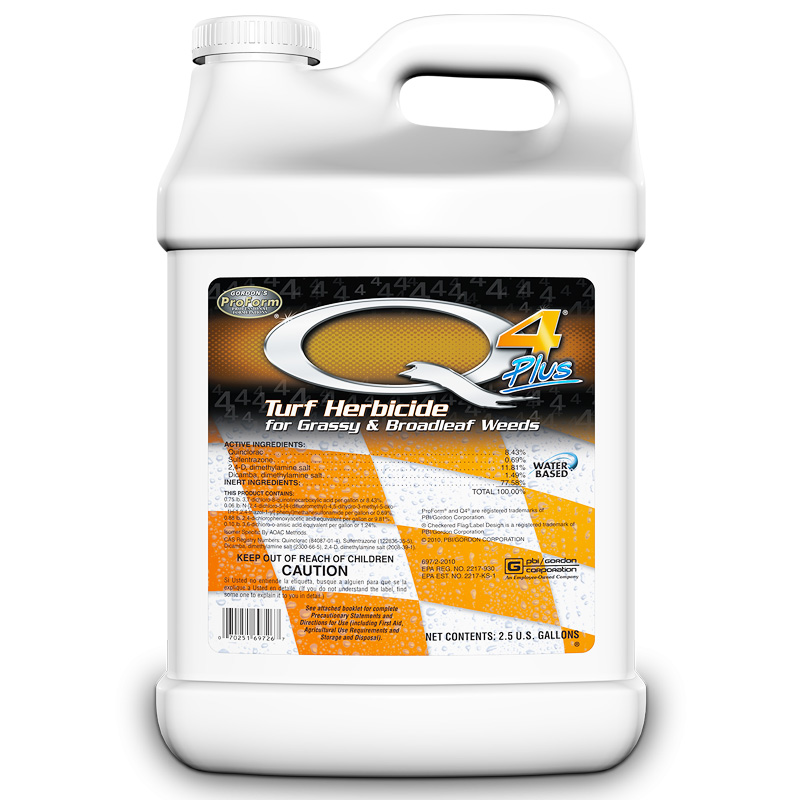
2,4-D DMA, Quinclorac, and Dicamba Acid
When it comes to effective weed control, 2,4-D DMA, Quinclorac, and Dicamba acid are three herbicides commonly used in agricultural and residential settings. They target a wide range of broadleaf and grassy weeds, but each has distinct characteristics, modes of action, and best-use scenarios. In ...Read more -

Is Quinclorac Safe for Pets?
Quinclorac is a widely used herbicide in agricultural and residential settings for controlling a variety of weeds, including field bindweed, crabgrass, and other broadleaf and grassy weeds. As with any pesticide, it is important to consider the safety of pets, especially when using it in areas th...Read more -
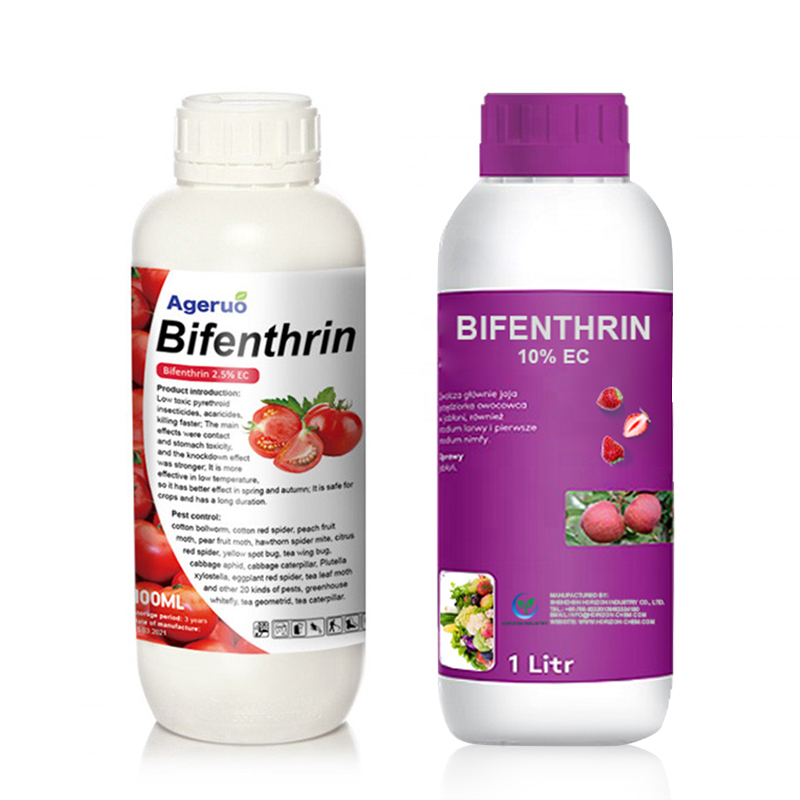
Is Bifenthrin Safe for Chickens?
Bifenthrin is a widely used synthetic pyrethroid insecticide effective against a broad range of pests, including ants, mites, fleas, ticks, and mosquitoes. However, when it comes to chickens, bifenthrin must be used with extreme caution. While bifenthrin is generally considered low-to-moderate in...Read more




